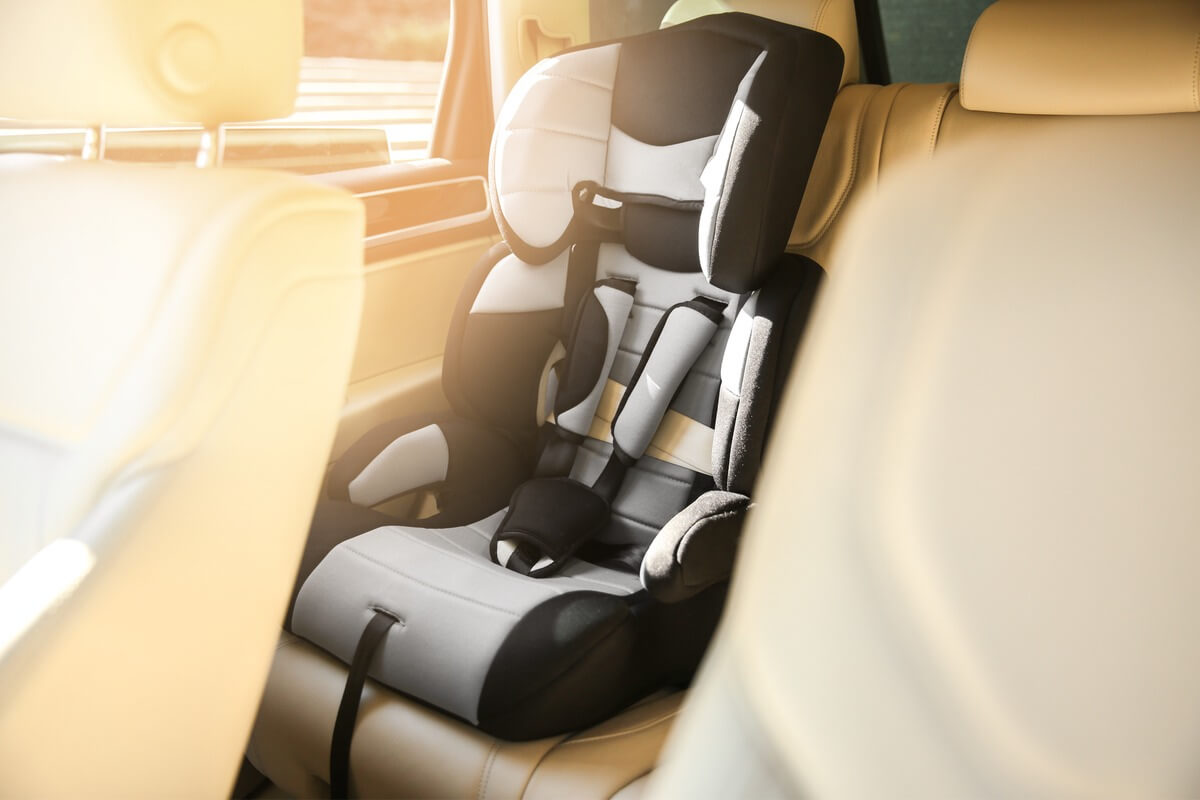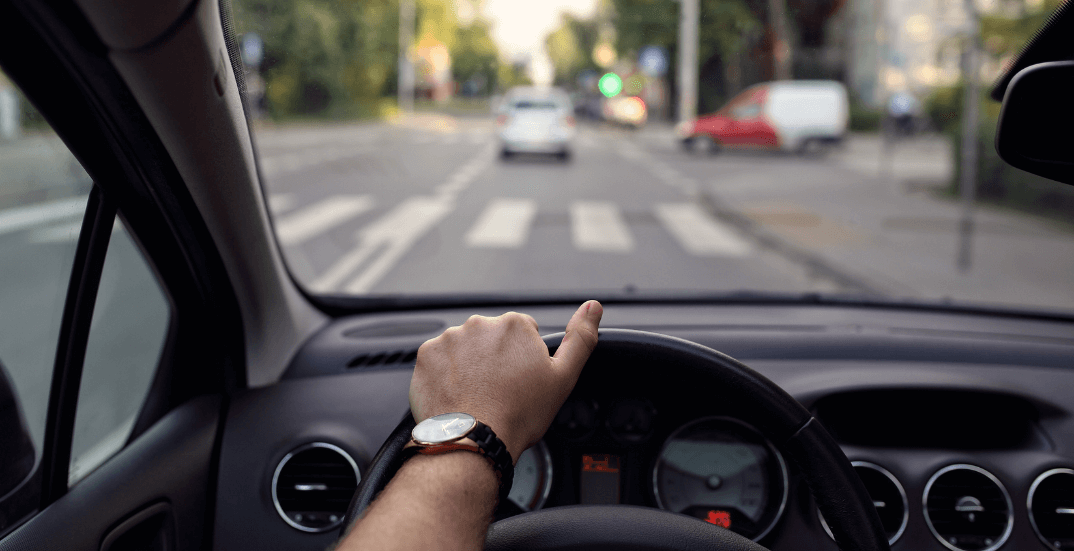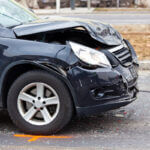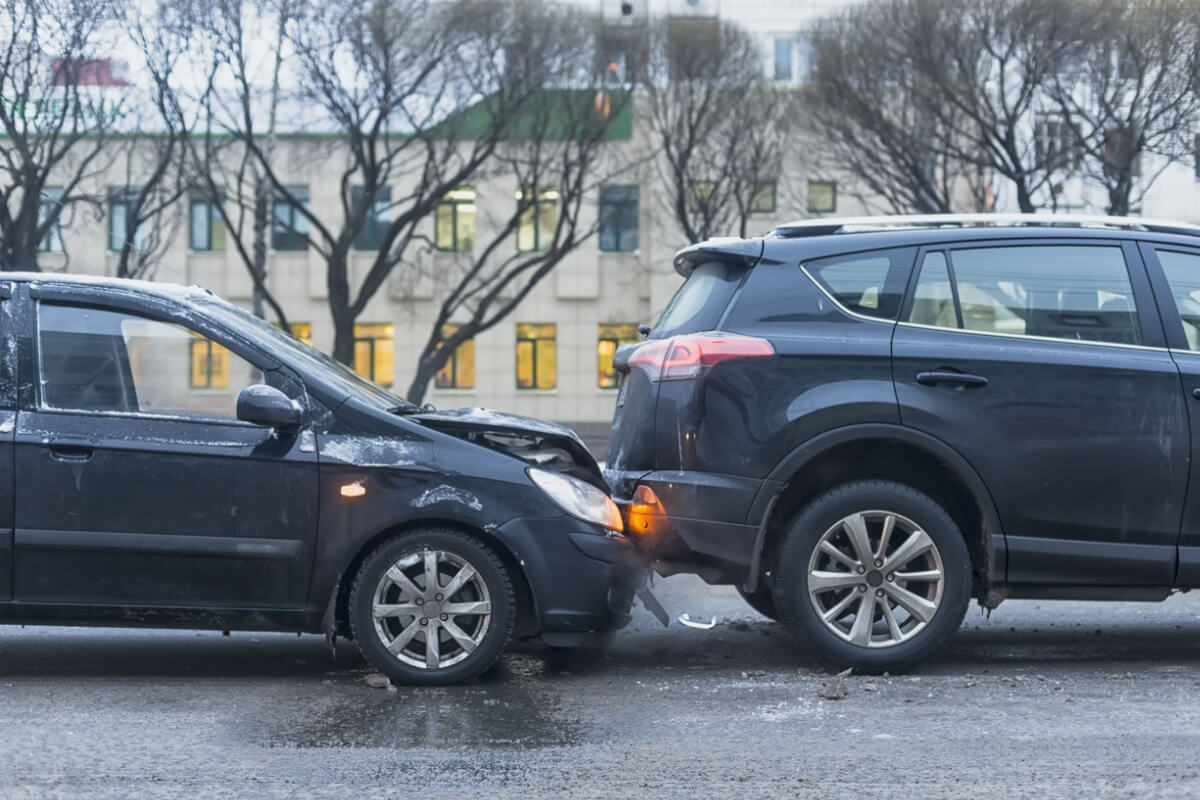
Partner at AKD Lawyers
Practice Areas: Personal Injury

Driving with your baby in the car brings a new level of responsibility. Babies are fragile, and you naturally want to do everything possible to keep them safe on the road. While the task may seem overwhelming, following a few key safety tips can significantly reduce risks and ensure a safer journey. Let’s dive into 11 practical tips to keep your baby safe in the car.
1. Know Your State’s Car Seat Regulations
Car seat laws differ by state, so it’s essential to know and follow your local regulations. These laws are designed to keep your baby safe by specifying the correct car seat type and positioning for different ages.
In many states, babies must ride rear-facing until at least one year old, although some states and safety experts recommend rear-facing until age four. A rear-facing car seat provides crucial protection for your baby’s head, neck, and spine, which are more vulnerable to injury in a crash. Check your state’s laws to ensure you’re compliant and keeping your little one as safe as possible.
Key Takeaway: Always use a rear-facing seat for as long as possible and follow your state’s car seat laws.
2. Test the Car Seat’s Fit in Your Vehicle
Not all car seats are a perfect fit for all vehicles. Before your baby arrives, take the time to test the car seat in your car. Ensure it fits properly, both with and without other passengers or car seats in the vehicle. A properly fitted car seat should not move more than an inch in any direction.
If you can’t get a snug fit or the seat doesn’t rest at the correct angle, you may need to try another model. Avoid using aftermarket parts, such as car seat covers or adjusters, as they might fail in an accident.
Key Takeaway: Test your car seat early and avoid using parts that didn’t come with it.

3. Don’t Add Extra Accessories to the Car Seat
Many parents want to make their baby’s car seat cozier or more fun by adding accessories like strap covers or headrests. While these extras may look adorable, they can prevent the car seat from functioning correctly in a crash.
Items that don’t come with the seat, like padded strap covers, can keep the straps from securing your baby as tightly as needed. While toys that clip onto the seat are usually fine, avoid putting anything between the baby and the car seat itself.
Key Takeaway: Stick to manufacturer-approved car seat accessories only.
4. Avoid Puffy Coats and Sleepers
Puffy coats and snowsuits might seem like the perfect solution for keeping your baby warm in cold weather, but they can be dangerous in a car seat. In a crash, the material can compress, leaving slack in the straps and putting your baby at risk of being thrown from the seat.
Instead, dress your baby in thin layers and use a blanket over the straps for warmth. You can also put your baby’s coat on backward over the car seat straps if it’s especially cold.
Key Takeaway: Skip the puffy coats; use blankets or thin layers to keep your baby warm in the car seat.
5. Perform a Pinch Test
It’s important to tighten your baby’s car seat straps correctly. A quick way to check is to perform the pinch test: if you can pinch the strap fabric between your fingers and bring them together, the straps are too loose.
Loose straps can cause your baby to slip out of the seat in an accident, so take a moment to ensure they’re tight every time you buckle up.
Key Takeaway: Always do the pinch test to check that the car seat straps are snug.
6. Prepare Your Baby Before Driving
A crying or uncomfortable baby can be very distracting for a parent behind the wheel. Before heading out, make sure your baby is fed, changed, and comfortable. This reduces the likelihood of your baby becoming upset and distracting you while driving.
Key Takeaway: Take care of baby’s needs before starting your drive to avoid distractions.
7. Avoid Distractions While Driving
A crying baby can be difficult to ignore, but it’s essential to avoid distractions while driving. Reaching back to give a pacifier, grabbing a toy, or trying to soothe a fussy baby takes your attention off the road. Distracted driving significantly increases the risk of accidents.
If your baby needs attention, pull over to a safe spot rather than trying to multitask while driving.
Key Takeaway: Don’t try to soothe or entertain your baby while driving. If needed, pull over safely.

8. Don’t Drive When You’re Too Tired
Sleep deprivation is common for new parents, but driving when tired is dangerous. Drowsy driving can impair your reflexes and decision-making skills, much like driving under the influence.
If you’re exhausted, consider asking a friend or family member for help with driving, especially for longer trips.
Key Takeaway: Avoid driving when overly tired. It’s okay to ask for help when needed.
9. Practice Defensive Driving
Defensive driving means being aware of other drivers and expecting the unexpected. Other drivers may not always follow traffic laws, so staying alert and giving extra space to vehicles around you is crucial.
Learning defensive driving techniques can help you avoid accidents and protect your baby. If you’re expecting, consider taking a defensive driving course to brush up on your skills before your baby arrives.
Key Takeaway: Stay alert and practice defensive driving to protect your baby.
10. Minimize Additional Distractions
Beyond baby-related distractions, there are plenty of other potential dangers in the car, such as cell phones, eating, or adjusting the radio. These seemingly minor distractions can quickly turn deadly.
Silence your phone, avoid multitasking, and stay focused on driving. Your baby’s safety depends on your ability to concentrate fully on the road.
Key Takeaway: Eliminate unnecessary distractions to stay focused on driving.
11. Leave a Reminder to Prevent Forgetting Baby
Hot car deaths are tragic, and they often happen when parents break from their usual routine or are especially tired. To avoid this heartbreaking situation, leave an item you won’t forget—like your purse, phone, or even a shoe—next to your baby’s car seat.
This will serve as a visual reminder to check the back seat before you leave the vehicle, especially on hot or cold days when the risk is highest.
Key Takeaway: Place a critical item next to your baby’s car seat as a reminder.
Conclusion
Your baby’s safety is always your top priority, and taking these steps can significantly reduce the risks on the road. From using the right car seat to staying focused behind the wheel, these small actions make a big difference. Stay informed, stay prepared, and always keep your little one’s safety in mind.
If you’ve been in a car accident or have questions about vehicle safety, reach out to Alvendia Kelly & Demarest for free consultation. Protecting your rights and your family’s safety is their priority.
Stay proactive with car safety and keep your baby secure. If you ever need help, don’t hesitate to call.
Categories

In 2003, after being dissatisfied with the quality of legal care for victims of car accidents, Roderick ‘Rico’ Alvendia sought to establish a new firm focused on providing high-quality legal services to aid injured victims and their families. J. Bart Kelly, sharing Rico’s passion for upholding justice, joined the firm later that year, and established a partnership.






